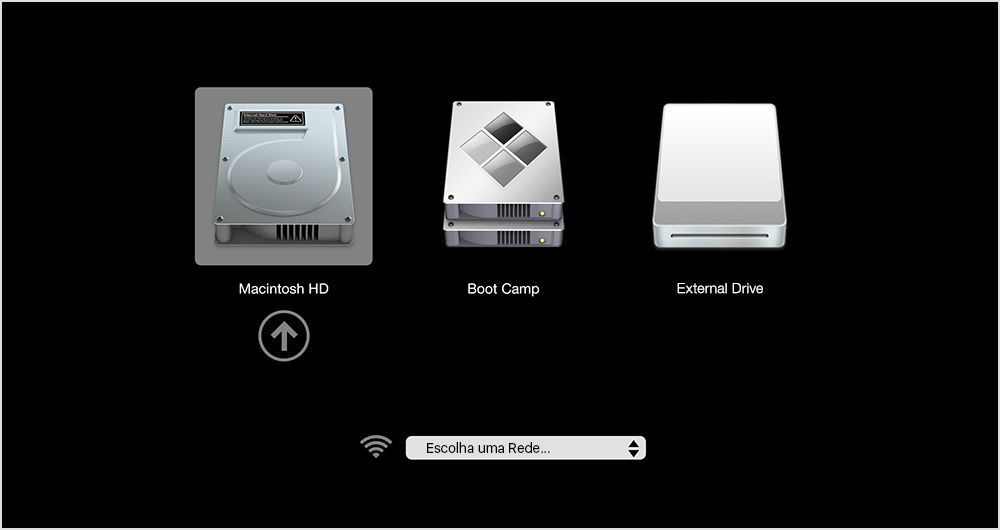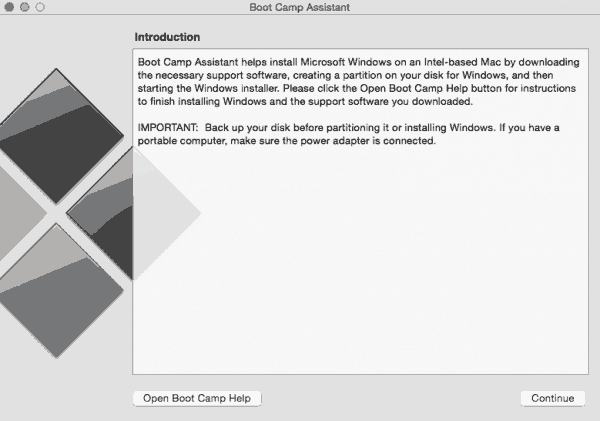

- Mac for windows 2016 for mac#
- Mac for windows 2016 Patch#
- Mac for windows 2016 upgrade#
Office 2013 on Windows end of support is April 11, 2023. 
Office 2010 Personal, Professional, Professional Plus and Professional Academic and Home and Business end of support also is October 13, 2020. Office 2010 Service Pack 2 end of support is October 13, 2020.But it changed its policy due to customer feedback in September 2018, allowing users to continue to use the Office 365 services with Office 2016 through October 2023.Ī couple other Office support dates worth noting: Microsoft announced in February 2018 that business users would need Office 365 Pro Plus or Office 2019 clients in mainstream support to access the Office 365 back-end services. Microsoft won't block customers using older Office client variants from connecting to Microsoft 365/Office 365 services, but it has warned those who do so won't get all the latest feature updates and fixes. In addition to reminding Mac users that support for these two perpetual Office versions ends today, Microsoft also is repeating its guidance that users are advised to go with Office 2016, Office 2019 or Microsoft 365 Apps (formerly known as Office 365 apps) to connect to back end Office 365 services.
Mac for windows 2016 for mac#
Office 20 for Mac still can be used after today, but will no longer be officially supported.
Mac for windows 2016 Patch#
After today's Patch Tuesday fixes and updates, Microsoft won't provide any further security updates, bug fixes or technical support for these products. It's also the last day of support for Office 2010 and Office 2016 for Mac. What is Microsoft 365? Everything you need to know.
Mac for windows 2016 upgrade#
Can your PC upgrade to Windows 11? This app could help you find out. Windows 11: Microsoft is fixing more bugs ahead of October 5 release. This malware creates a 'persistent' backdoor for hackers. Below is an example of a basic MAC-Based authentication exchange. The Guest VLAN would provide Internet access only. It is possible however, to configure the switch to drop devices into a Guest VLAN when they fail to authenticate. If the RADIUS server replies with an Access-Reject because the device does not match a policy, the switch will not grant network access. Upon receiving this message, the switch will grant network access to the device on that port. If a RADIUS policy exists on the server that specifies the device should be granted access and the credentials are correct, the RADIUS server will respond with an Access-Accept message. The username and password combination is always the MAC address of the connecting device, lower case without delimiting characters. The switch (RADIUS client) sends a RADIUS Access-Request to the RADIUS server containing the username and password of the connecting device. When a device connects to a port with an access policy assigned, before network access is granted, the device must be authenticated by the RADIUS server. Devices are authenticated at the port level with MAC-Based RADIUS. Unauthorized users are prevented from accessing to the wired LAN because each device that connects to a switch port will need to be authenticated before network access is granted. In some environments it is critical to control which devices can access the wired LAN. Ports in common areas make a network vulnerable to access by guests and other unauthorized users. MAC-Based RADIUS can be used to provide port based access control on your MS series switches.






 0 kommentar(er)
0 kommentar(er)
